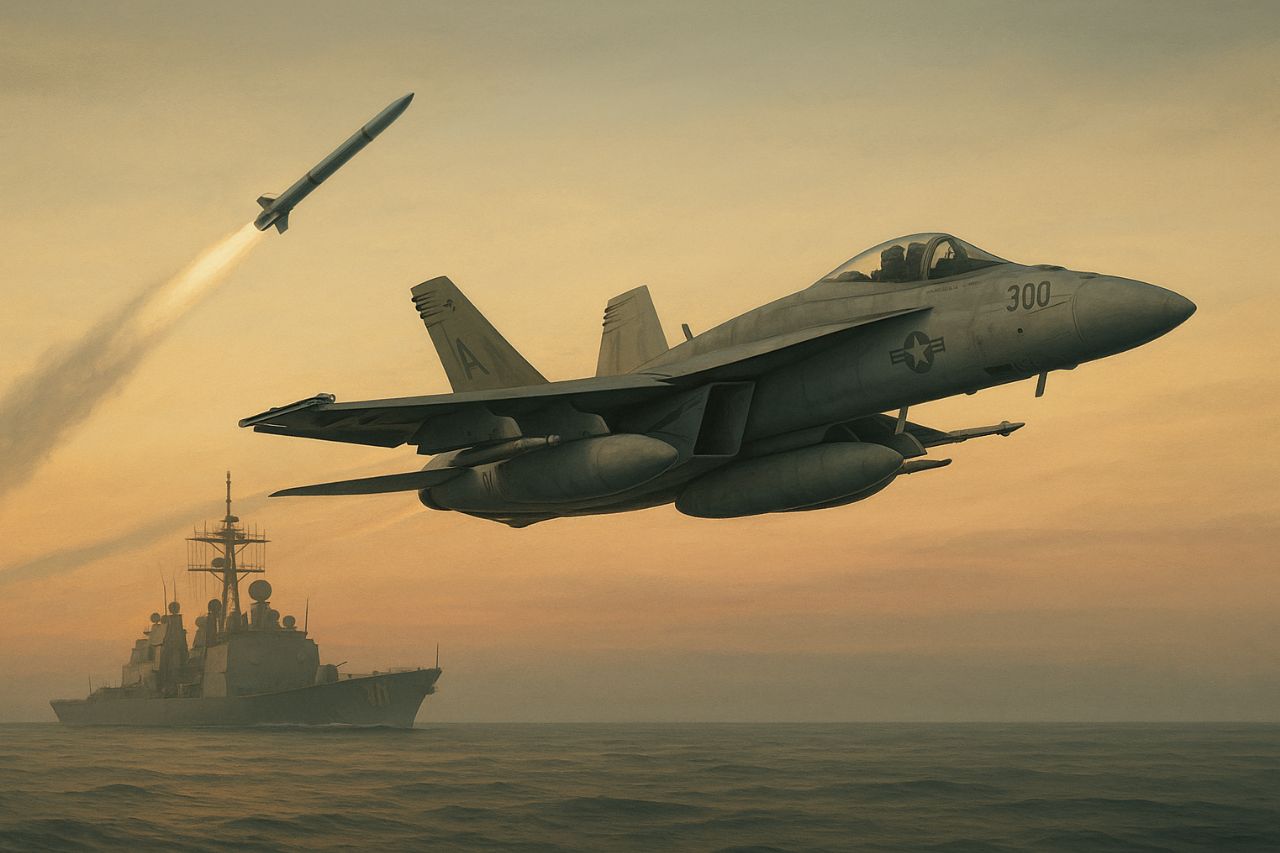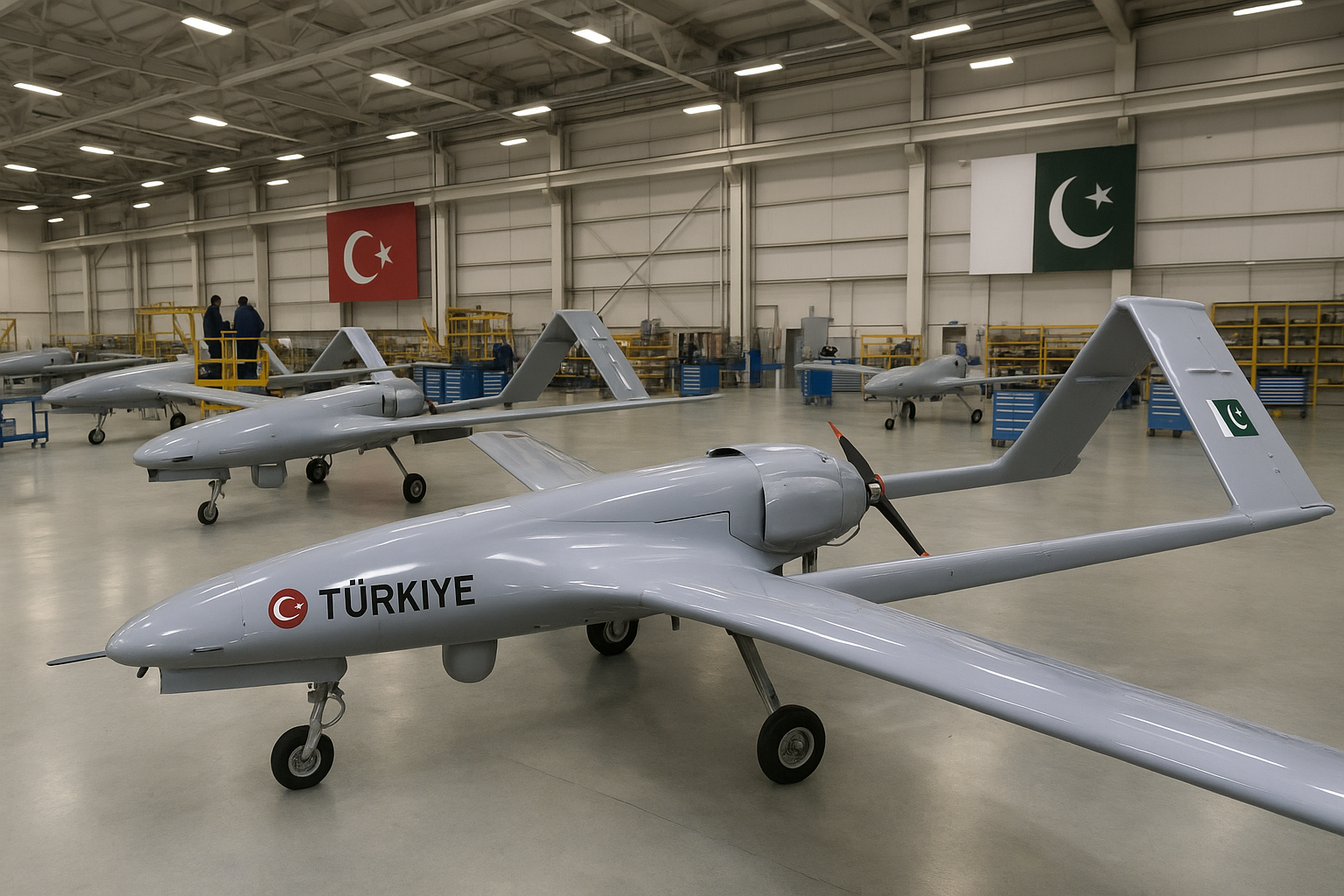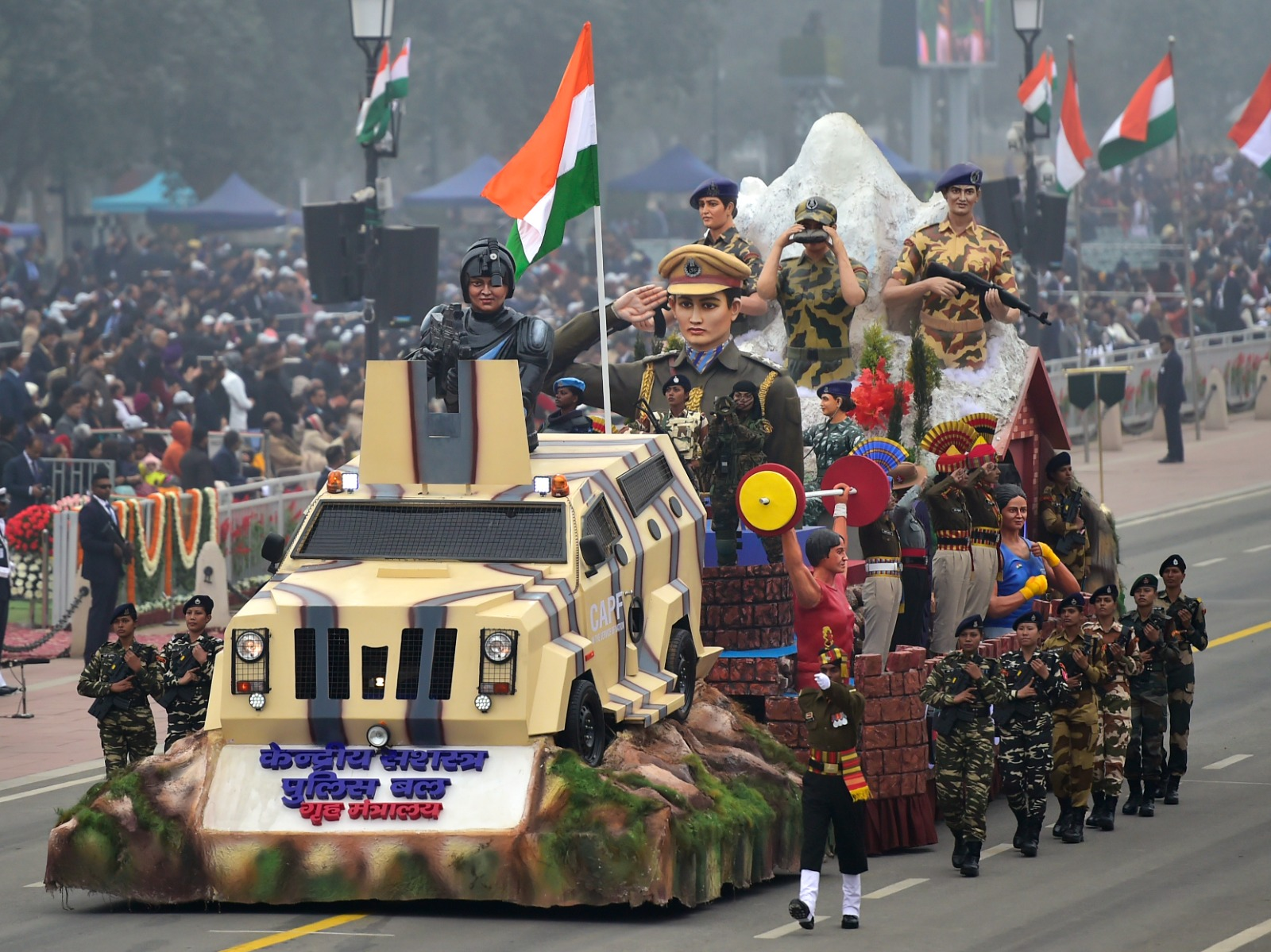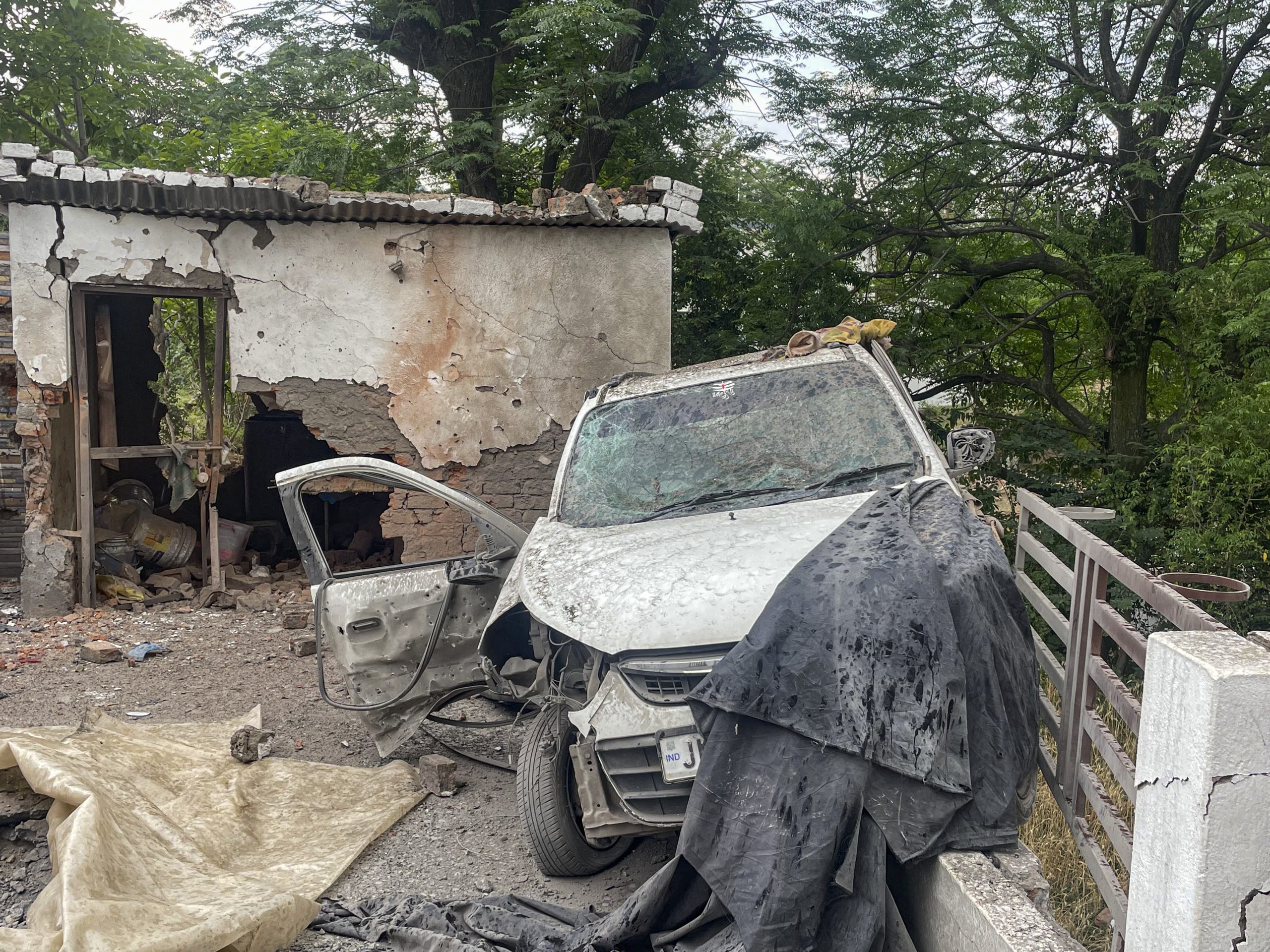Indian Army to Raise Two More Pinaka Regiments: How Will This Boost Artillery Strength?
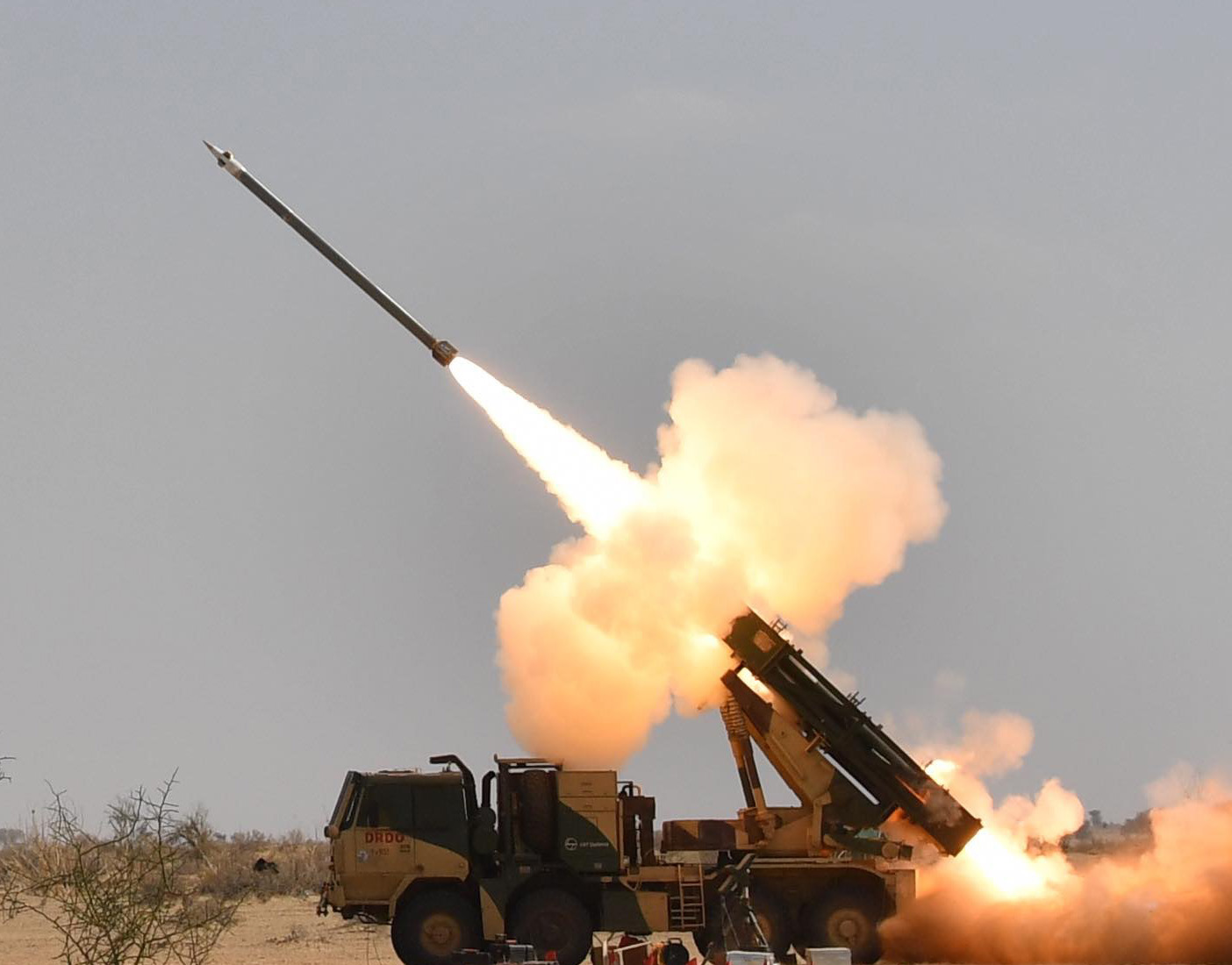
The indigenously-built Pinaka missile system is a key component of Indian Army's firepower. Image courtesy: Wikimedia Commons
The Indian Army is preparing to induct four more regiments of the indigenous Pinaka multi-barrel rocket launcher (MBRL) system, significantly expanding its long-range strike capability along sensitive borders with China and Pakistan.
Two of the new regiments are expected to become fully operational within the next few months, while the remaining two will receive equipment by the end of 2025 and are likely to be combat-ready in the first half of 2026. This development comes as part of the Army’s larger effort to phase out vintage Russian Grad-21 systems and modernise its artillery units.
The New Indian Express, citing senior sources in the defence and security establishment, reported that troop training is already underway and logistical deliveries are on track.
How many Pinaka regiments are in service?
Currently, the Army operates six Pinaka regiments, which are deployed along the northern borders with China and the western front with Pakistan. With the addition of four more regiments, that number is expected to rise to ten by mid-2026.
Each regiment consists of three batteries, and each battery contains six launchers. A single battery can fire 72 rockets in just 44 seconds, saturating a target area of 1,000 by 800 metres with devastating firepower.
Two of the six existing regiments were inducted in 2024 as part of a Rs 2,580 crore contract signed in 2020 with Bharat Earth Movers Ltd (BEML), Tata Power Company Limited (TPCL), and Larsen & Toubro (L&T). These contracts covered 114 launchers, 45 command posts, and 330 logistics vehicles.
What makes Pinaka central to the Army’s rocket force plans?
The Pinaka MBRL system, named after Lord Shiva’s divine bow, is a 214-mm indigenous platform developed by the Defence Research and Development Organisation (DRDO). It is designed to rapidly deliver high-volume fire on enemy positions and has a range of 38 km at sea level, which increases significantly in mountainous terrain.
Pinaka is being positioned as the mainstay of the Indian Army’s Rocket Force, which is eventually expected to comprise 22 regiments of the system. These will replace the Russian-origin Grad BM-21 launchers that have been in service since the late 1960s.
With integrated Automated Gun Aiming & Positioning Systems (AGAPS), command posts, and a growing number of extended-range rockets with strike capabilities of up to 75 km, the system is rapidly evolving into a key component of India’s long-range precision firepower.
How does Pinaka fit into the Army’s artillery modernisation?
The Pinaka expansion is part of the Indian Army’s artillery modernisation drive, known as “mediumisation”, which aims to standardise artillery units around 155mm x 52 calibre guns by 2042.
At present, the Army uses a mix of 105mm, 122mm, and 155mm guns, including many Indian Field Guns (IFG) and Indian Light Guns (ILG) from the 1970s and 1980s. These are being gradually replaced with more advanced systems such as the Bofors, M777 Ultra-Light Howitzers, and indigenous Dhanush and ATAGS platforms.
In February 2025, the Ministry of Defence signed contracts worth Rs 10,147 crore for varied ammunition for the Pinaka MBRL. Earlier in 2023, it cleared the procurement of 6,400 Pinaka rockets worth Rs 2,800 crore.
What is the significance of the Regiment of Artillery in India’s defence structure?
The Regiment of Artillery, raised on September 28, 1827, is the second largest arm of the Indian Army after the infantry. Often referred to as the “God of War”, the regiment plays a decisive role in shaping battlefield outcomes through long-range, high-volume firepower.
The induction of the Pinaka system not only strengthens India’s deterrence posture but also reaffirms its commitment to self-reliant defence manufacturing under the Aatmanirbhar Bharat initiative.
